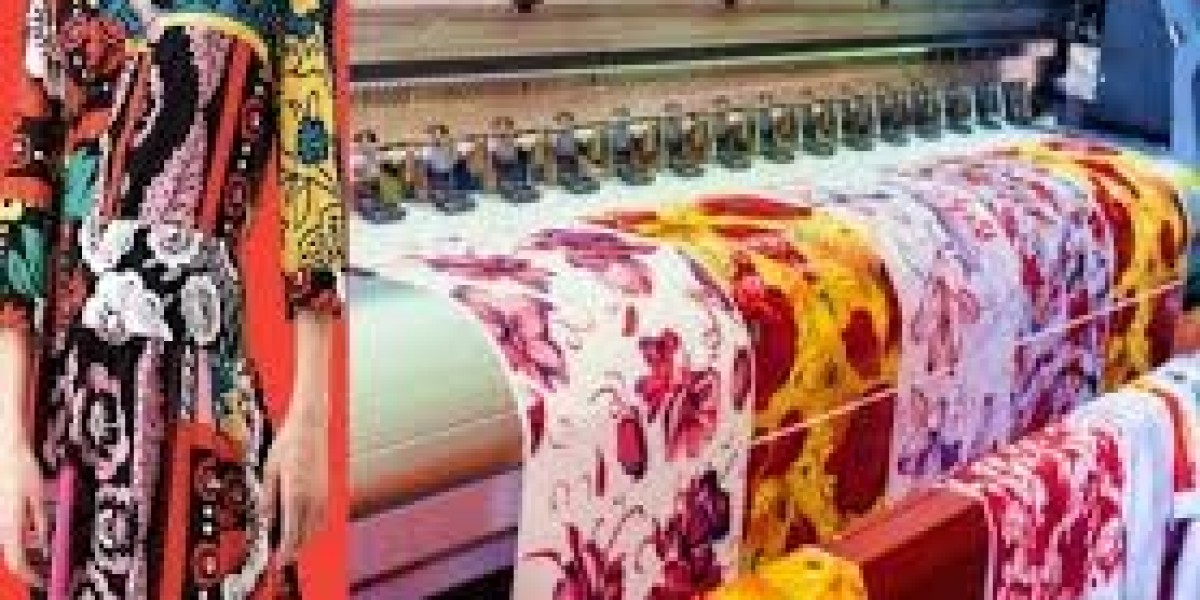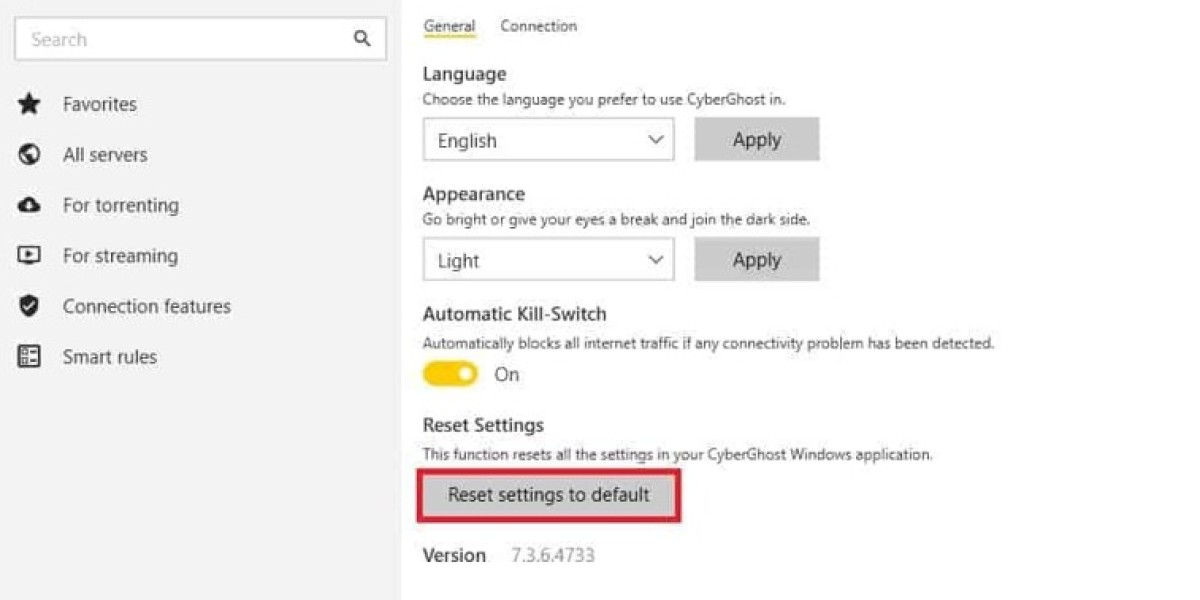The world of textile design has evolved significantly over the years, and one of the most transformative advancements is digital fabric printing. This innovative technique has completely changed how designers, fashion brands, and manufacturers create unique, high-quality patterns and prints on fabrics. Unlike traditional printing methods that require long setup times and high costs, digital printing offers efficiency, creativity, and precision — making it a preferred choice across industries.
In this article, we will explore what digital fabric printing is, how it works, its benefits, applications, and why it represents the future of textile production.
What Is Digital Fabric Printing?
Digital fabric printing is a modern printing method that uses digital technology to print designs directly onto textiles. Instead of using screens or plates, the design is printed straight from a digital file using specialized inkjet printers. This process allows for detailed, vibrant, and precise patterns that can be easily customized for various fabric types, including cotton, silk, polyester, and blends.
Digital fabric printing combines creativity with technology, enabling designers to produce complex, multicolored designs without the limitations of traditional printing techniques.
How Does Digital Fabric Printing Work?
The digital printing process involves several key steps that ensure high-quality output and durability:
1. Design Preparation
Designers create or edit their artwork using digital design software such as Adobe Photoshop or Illustrator. The final image is then converted into a format compatible with the printer.
2. Fabric Pre-Treatment
Before printing, fabrics are pre-treated with a coating that helps the ink bond properly with the textile fibers. This step ensures better color vibrancy and long-lasting results.
3. Digital Printing
The fabric is fed through a large-format inkjet printer equipped with textile-specific inks. The printer sprays micro-droplets of ink directly onto the fabric according to the digital design.
4. Fixation and Washing
After printing, the fabric undergoes a heat or steam process to fix the colors permanently. It is then washed and dried to remove any excess ink or chemicals.
This entire process is faster and more sustainable than conventional methods, making it ideal for both small-scale designers and large manufacturers.
Types of Digital Fabric Printing
Different printing technologies are used based on the type of fabric and application. The main types include:
Reactive Printing
Used mainly for cotton, linen, and viscose fabrics. Reactive inks bond chemically with natural fibers, offering brilliant color and excellent wash fastness.
Sublimation Printing
Ideal for polyester and synthetic fabrics. In this process, the ink turns into gas and embeds itself into the fibers, creating long-lasting, fade-resistant prints.
Pigment Printing
A versatile method suitable for multiple fabric types. Pigment inks stay on the surface of the fabric, producing sharp designs without requiring steaming or washing.
Acid Printing
Used for silk and nylon materials, offering vibrant shades and high color intensity.
Each method has unique advantages and is selected based on the desired effect, fabric type, and application.
Advantages of Digital Fabric Printing
Digital fabric printing has gained popularity due to its numerous benefits that go beyond traditional textile printing.
High Design Flexibility
Designers can experiment with intricate patterns, gradients, and photo-realistic images that are impossible with screen printing.
Cost-Effective for Small Runs
Since there’s no need for screens or plates, it’s affordable even for short production runs or single custom designs.
Eco-Friendly Process
Digital printing reduces water consumption, chemical usage, and fabric waste, making it a more sustainable option for the environment.
Faster Turnaround Time
With minimal setup and direct-to-fabric printing, designs can go from concept to production within hours.
Superior Print Quality
Digital technology ensures precise color control, fine details, and consistent results across the entire fabric roll.
Applications of Digital Fabric Printing
Digital fabric printing has found its place across multiple industries, revolutionizing how textiles are designed and produced.
Fashion Industry
Designers use digital printing to create unique, limited-edition apparel collections with detailed patterns and vibrant colors.
Home Décor
From curtains and cushions to upholstery, digital printing allows homeowners to personalize interiors with custom designs.
Sportswear and Activewear
Sublimation printing is commonly used for polyester-based sportswear, offering breathable, durable, and colorful results.
Interior Design and Art
Artists and interior decorators use digital fabric printing for creating custom wall hangings, art panels, and textile-based artworks.
Promotional Products
Brands can create personalized promotional items like tote bags, scarves, and T-shirts quickly and efficiently.
Digital Fabric Printing vs. Traditional Printing
While traditional methods like screen printing and rotary printing have long been dominant in textile production, digital fabric printing offers distinct advantages:
| Aspect | Traditional Printing | Digital Printing |
|---|---|---|
| Setup Cost | High | Low |
| Minimum Order Quantity | Large | Small or Single Piece |
| Design Complexity | Limited | Unlimited |
| Time Efficiency | Time-consuming | Fast and On-Demand |
| Environmental Impact | High Water & Ink Waste | Eco-Friendly |
| Color Variety | Limited Colors per Screen | Millions of Color Options |
This comparison clearly shows why many textile businesses are transitioning toward digital solutions.
Challenges in Digital Fabric Printing
While the advantages are many, there are also a few challenges to consider:
Initial Equipment Cost: High-quality digital textile printers can be expensive for small startups.
Ink Compatibility: Not all inks work on every type of fabric, requiring specific ink-fabric combinations.
Color Management: Ensuring consistent color output across batches can be complex.
Skill Requirement: Proper training is needed to operate digital printers efficiently and manage software settings.
Despite these challenges, ongoing technological advancements continue to improve print speed, color accuracy, and affordability.
Future of Digital Fabric Printing
The future of textile design is undoubtedly digital. With the rise of on-demand production, sustainability awareness, and personalization trends, digital printing will continue to expand rapidly. Innovations like 3D printing on fabrics, AI-assisted design tools, and eco-friendly inks are shaping the next generation of textile printing technology.
Additionally, as e-commerce fashion brands focus more on custom designs and small-batch production, digital fabric printing will play a key role in meeting fast-changing consumer demands without compromising quality or sustainability.
FAQs
What types of fabrics are best suited for digital printing?
Digital fabric printing works on cotton, silk, polyester, nylon, linen, and blended fabrics. The choice depends on the printing method and ink type used.
Is digital fabric printing durable?
Yes, when properly fixed and finished, digital prints are highly durable, maintaining color vibrancy even after multiple washes.
Can I print small quantities or single designs digitally?
Absolutely. One of the biggest advantages of digital printing is that it allows for small runs and customized single designs at affordable costs.
Is digital fabric printing environmentally friendly?
Yes. It uses less water and energy and produces less waste compared to traditional methods, making it a sustainable printing solution.
How does digital printing impact fashion trends?
Digital printing enables faster trend adaptation, allowing designers to experiment with colors and styles, reducing lead time from design to production.
Conclusion
Digital fabric printing represents the perfect blend of creativity, technology, and sustainability. It has revolutionized textile manufacturing by offering limitless design possibilities, cost-effective production, and eco-conscious processes. As the fashion and textile industries move toward more sustainable and personalized products, digital fabric printing stands out as the most promising solution for the future.
Whether you’re a designer looking to innovate or a manufacturer aiming for efficiency, embracing digital fabric printing is the key to staying ahead in the ever-evolving textile landscape.








